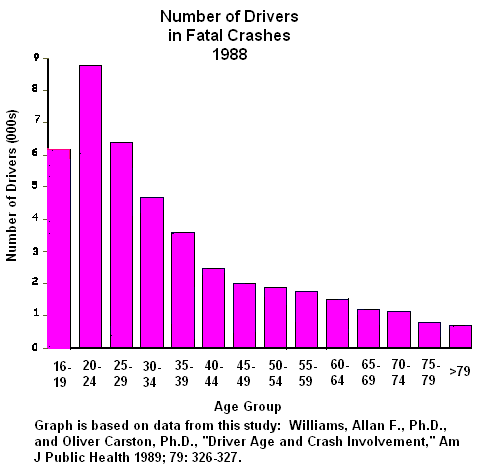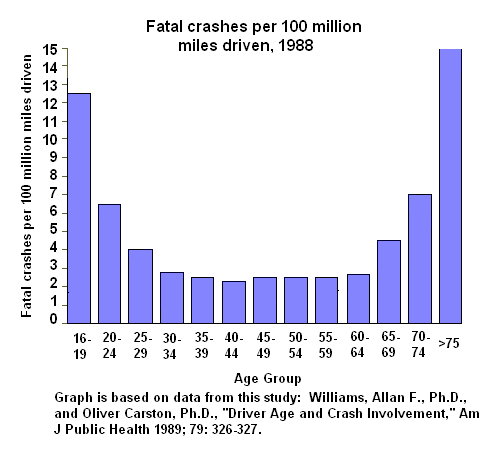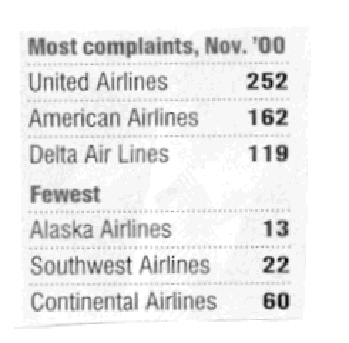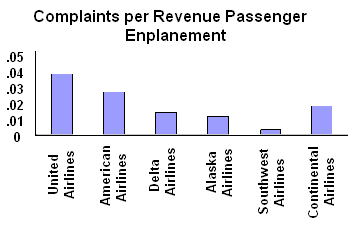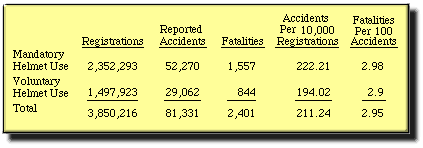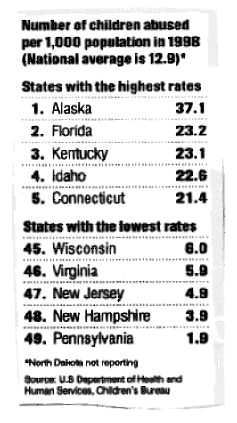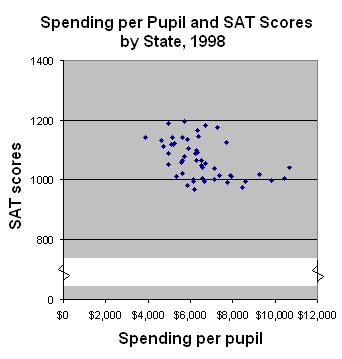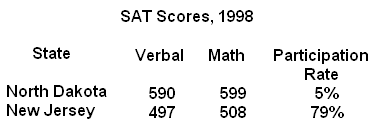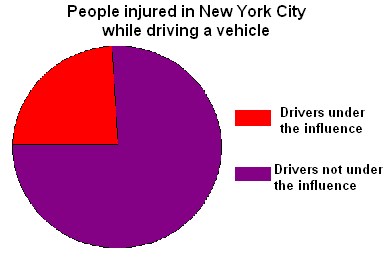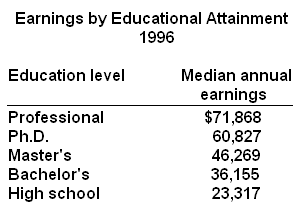Shadow home secretary Chris Grayling has been accused of misleading the public in his use of crime statistics.
The Tories have said data shows a big rise in violent crime during Labour's time in government - but the way the figures were compiled changed in 2002. Now the chairman of the UK Statistics Authority has told Mr Grayling his statements are "likely to damage public trust in official statistics".
But Mr Grayling said the Tories would continue to argue that crime had risen.
Home Secretary Alan Johnson has said his opposite number should apologise.
'Likely to mislead'
Mr Grayling had to defend his position on Wednesday after the Conservatives sent the figures to activists in constituencies throughout England and Wales in an effort to demonstrate the government's failure on law and order.
| Sir Michael Scholar's letter to the Conservatives |
Now Sir Michael Scholar, chairman of the UK Statistics Authority, has written to Mr Grayling saying: "I do not wish to become involved in political controversy, but I must take issue with what you said yesterday about violent crime statistics, which seems to me likely to damage public trust in official statistics."
In notes attached to the letter, the statistics authority said it regarded "a comparison, without qualification, of police-recorded statistics between the late 1990s and 2008/09 as likely to mislead the public".
The authority said the British Crime Survey (BCS), an annual questionnaire of 46,000 people, indicated there had been a big fall in violent crime since 1995.
It said the BCS was the most reliable way of assessing the trend, because it was "not affected by changes in reporting, police recording and local policing activity, and has been measuring crime in a consistent way since the survey began in 1981".
Responding to Sir Michael's letter, Mr Grayling told the BBC he was "quite happy to reflect changes in methodology when talking about these figures in the future".
| MARK EASTON'S UK  |
"And the reality is however you caveat these figures, whatever qualifications you make about changes to the recording methods, they show a big increase in violent crime over the past decade and we are going to carry on saying that."
He added that he continued to believe the BCS, as a measure of crime, was "highly flawed".
'Selective'
The home secretary claimed the Conservatives had "plenty of form" when it came to the use of statistics for political ends.
"Now it has been confirmed officially that they have continually misled the public about crime," Mr Johnson said.
This is not the first time the statistics body has taken politicians to task for their use and interpretation of crime-related figures.
In 2008, it criticised Labour ministers for releasing what it said was "premature and selective" data about hospital admissions for knife wounds in certain parts of the country. The then Home Secretary Jacqui Smith apologised for the early release.
Source: http://news.bbc.co.uk
